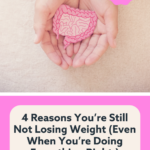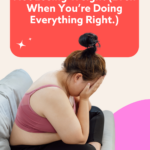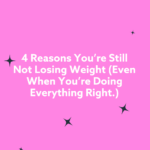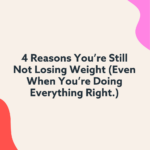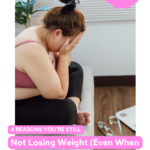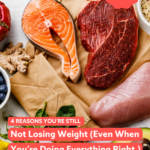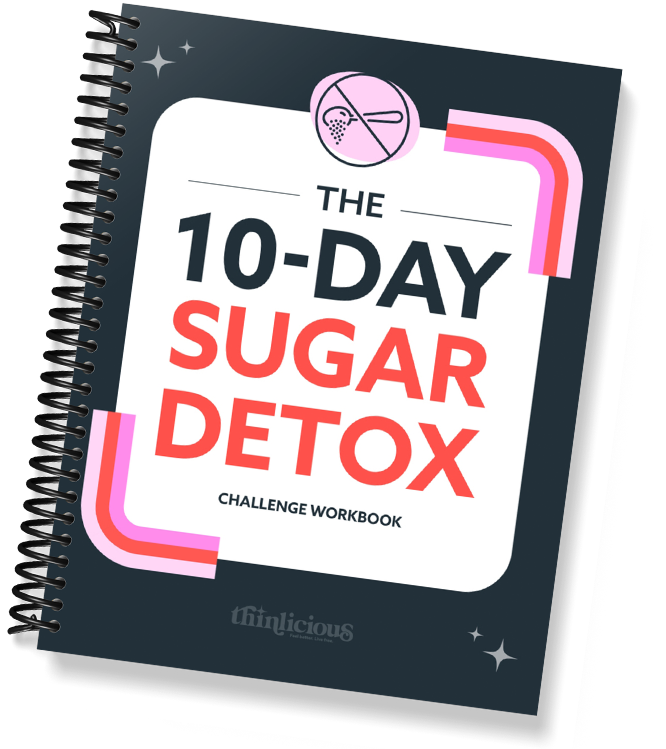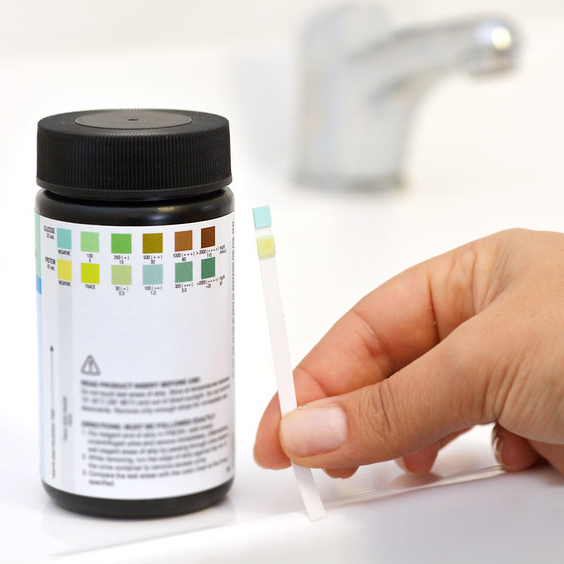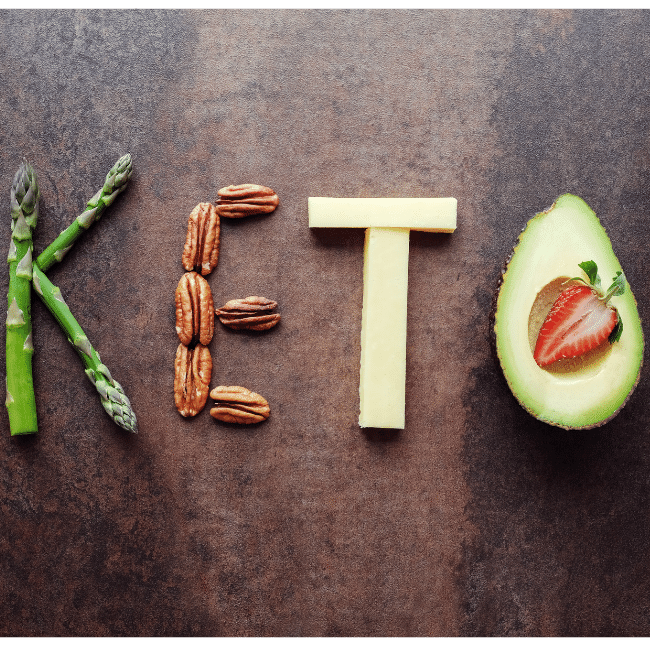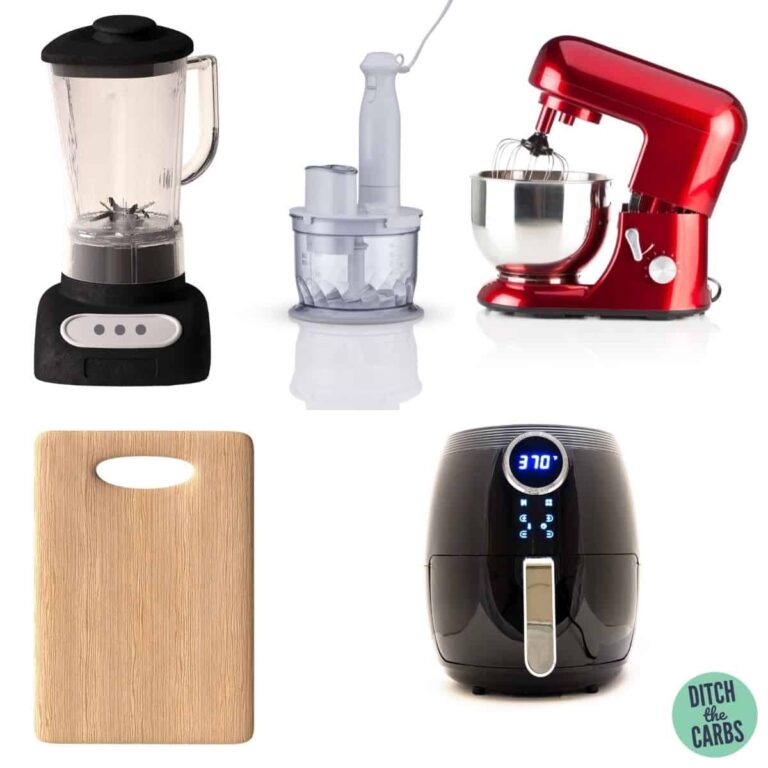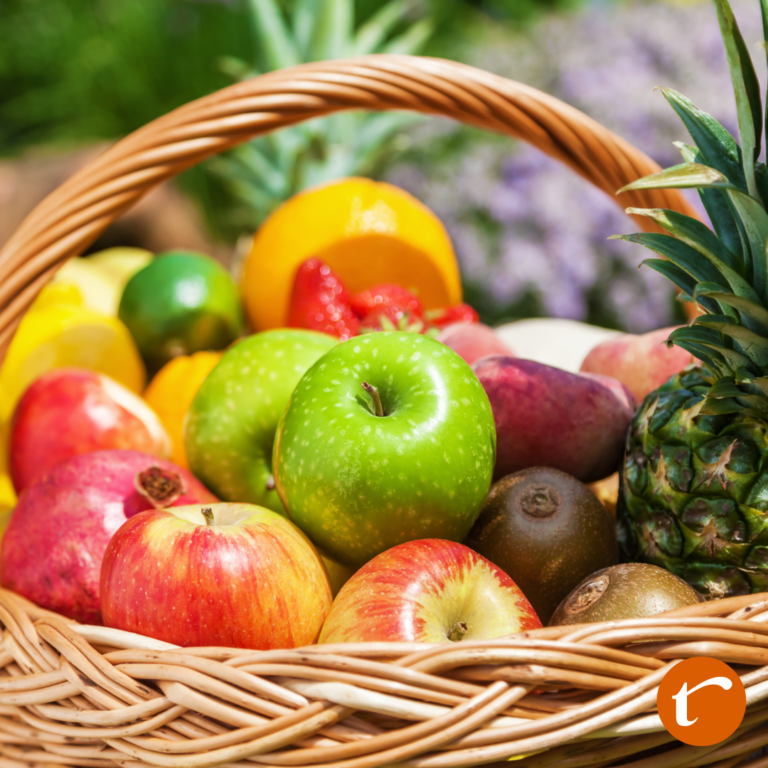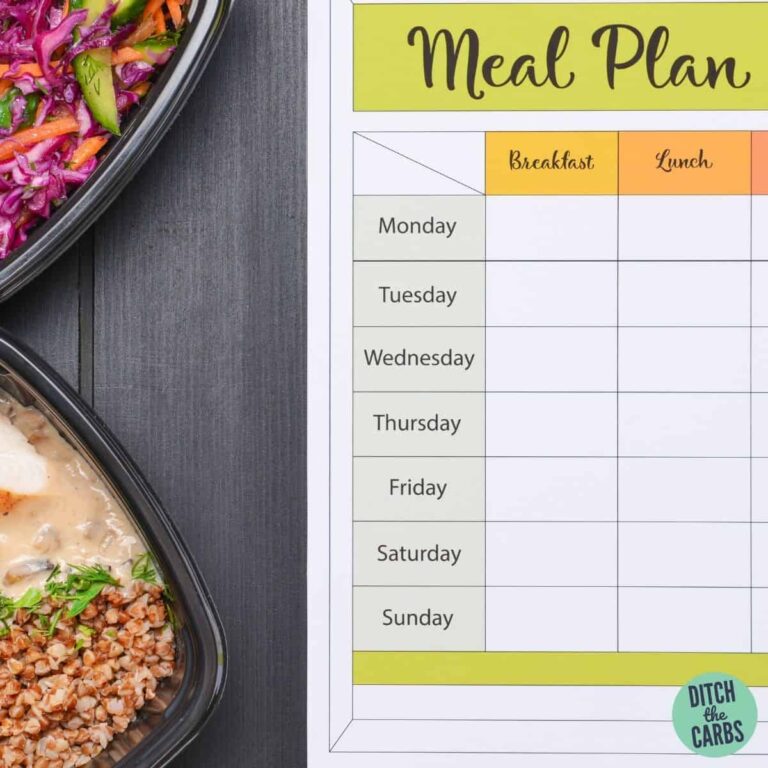There’s nothing more frustrating than feeling like you’re doing all the right things to lose weight and get healthy, only to see the scale just not budge.
Believe me, I get it.
After all, it’s one thing to KNOW you’re not really eating as well as you could be, or that you blew it over the weekend, or that you’re just not trying all that hard.
But it’s a whole different level of frustration when you actually ARE putting in the effort, and yet the scale doesn’t reflect it.
Are you ready to lose weight and heal your body for life (without dieting, drugs, or making yourself miserable)?
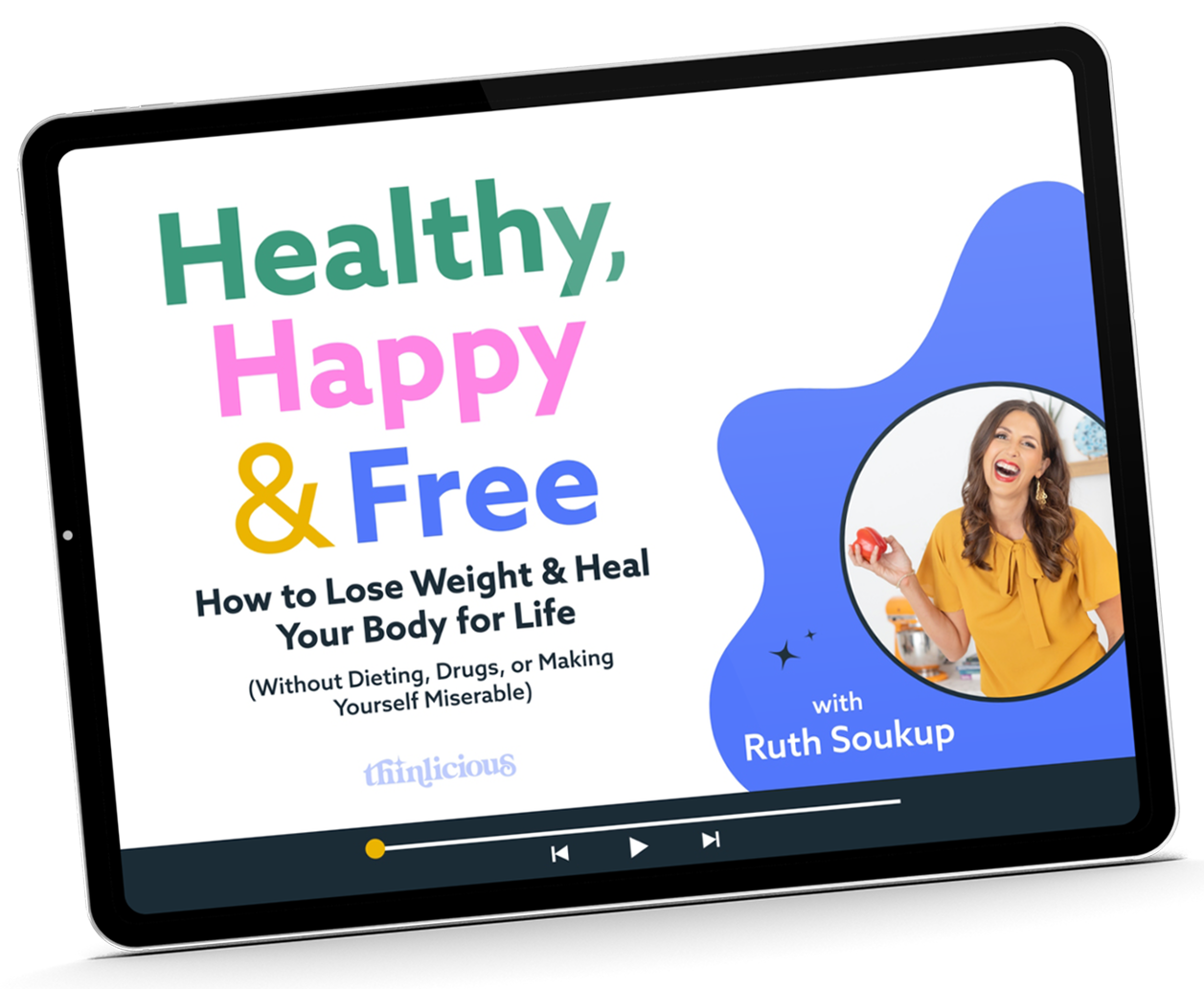
Our free on-demand video training will walk you through how to make this THE year you set health goals…and keep them.
And while on some level we probably know that getting healthy for life isn’t JUST about the number on the scale, it’s still tends to be the thing we focus on—the number that we use to measure whether we’re actually making progress toward our goal.
So why is it that some of us seem to have SO much success so quickly, while others have to fight for every single pound?
And is there anything you can do to make it easier?
That’s exactly what we’re going to talk about in this blog post—the big reasons you may be struggling to lose weight, even when you’re doing everything right, and a few things you can try.
My name is Ruth Soukup, and I am the founder of Thinlicious and the Thin Adapted System, as well as the New York Times bestselling author of seven books.
And I’m also a 46 year old woman who knows what it’s like to struggle with your weight, even when you think you’re doing ALL the right things.
I struggled with my weight for a really long time—literally for years—and at some point I probably tried every diet out there. All the diets that are basically the exact same thing packaged in different ways, that always comes down to count your calories—or your points—and eat less and exercise more.
And spoiler alert—that didn’t work.
And it wasn’t until I took a totally DIFFERENT approach that things actually turned around for me. Number one, I STOPPED DIETING. I stopped trying to eat less and exercise more. And instead, I started doing REAL RESEARCH into the actual science of weight loss, and into what causes us to gain weight in the first place, and why our bodies cling to fat, especially as we get older.
And what I discovered absolutely SHOCKED me, because it was SO different from everything we’ve ever been told, and everything I was constantly trying to do.
Because what I learned is that healthy sustainable weight loss ISN’T about calories. It’s about HORMONES.
And it’s about eating in a way that will actually SUPPORT your hormones and BALANCE your hormones and REVERSE INSULIN RESISTANCE. And when you do that, when you actually heal your body, your weight starts to stabilize.
Ultimately that’s how I lost more than 40 pounds, and have kept it off for years now. Without ever dieting again.
And after struggling for so long, it really does feel like FREEDOM. And that’s why to me, the work we’re doing here isn’t really about weight loss. It’s 100% about freedom. The freedom to look and feel your best. The freedom to STOP DIETING. The freedom to finally have the time & energy to focus on something OTHER than losing weight.
But just because it’s freedom from a long term perspective, doesn’t mean that the journey can’t still be frustrating day to day, especially when it feels like things aren’t happening as quickly as you’d like them to.
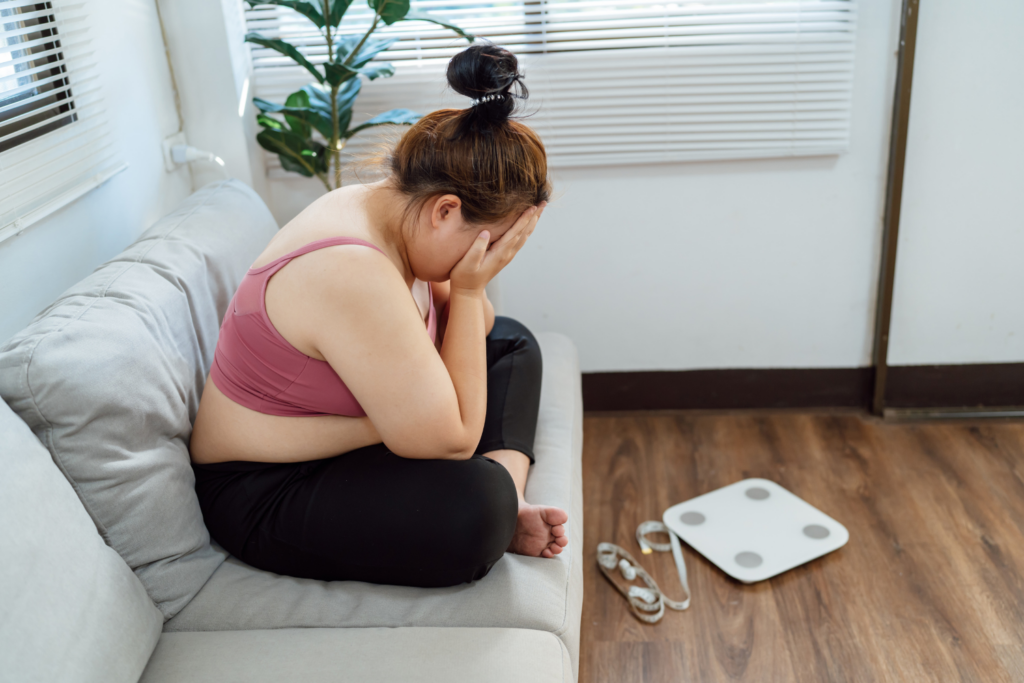
And honestly, I get that too.
Because when I look back at my own journey and talk about how I lost 40 pounds in six months, it makes it sound so magical, doesn’t it? Like it just happened so fast and so easily and I never got frustrated or never experienced any plateaus where it felt like NOTHING WAS HAPPENING.
But that’s not exactly true.
Because while in HINDSIGHT, six months doesn’t sound like a long time—and it’s not—when you’re IN IT, day to day, working HARD every day to change your habits, it can FEEL like a long time.
You want to see the movement on the scale reflect the effort you’re putting in.
But that’s not always how it works.
And that’s also why today I want to talk about it, just in case you’ve been working at this for a little while now, and you’re feeling frustrated.
But before we dive into all of it, there’s one quick thing I want to mention, and that is if you are NEW to this blog and to Thinlicious, and you want to understand more about our Thin Adapted System and exactly how it works and how it can help you reach your health and weight loss goals, then I STRONGLY encourage you to check out my free video training. It’s called Happy, Healthy and Free and it will help you create your own personalized 12 month plan for getting healthy. And it’s really helpful and really in-depth, and again you can watch it for free—just go HERE to get access.
But for now, let’s go ahead and dive in to talking about some of the reasons you might not be seeing the weight loss success you’re hoping for, even if you’ve been working really hard and seemingly doing all the right things, and what you can do to change that.
What actually ARE the right things?
But first things first, let’s just quick make sure that we’re all totally on the same page in terms of what ARE the “right things”—at least in terms of what we advocate for here at Thinlicious and in our program.
Because the reality is that OUR right things might be different than all of the things you’ve ever tried, if you’re like most women—and like me—who have been on more diets than you can count.
Because, like I mentioned a few minutes ago, almost everything we’ve ever been told about losing weight and getting healthy is actually dead wrong.
It’s not about calories. And it’s not about eating less, or getting more exercise.
The RIGHT things are eating in a way that is going to support your HORMONES so that you can reverse insulin resistance and heal your gut.
And that means eating lots of nutrient dense protein and healthy fats while cutting out sugar and refined carbohydrates and all the processed chemical garbage food that is actually toxic to your body.
So in theory that’s pretty simple.
And honestly, over a long period of time, if that’s ALL YOU DID and ALL you focused on, you would not only see your weight go down, but you would FEEL so much better.
You’d reduce inflammation and you’d have more energy. You’d reverse insulin resistance and improve your cholesterol. You’d reduce anxiety and depression. Your skin would get clearer. Your digestion would improve. You’d get rid of heartburn and indigestion.
A year or two from now, you probably wouldn’t even recognize yourself.
It would have that big of an impact.
And if you’re NOT eating that way—if you’re still following the same old BAD traditional dieting advice, then that’s the place you need to start, because that’s your biggest problem right now.
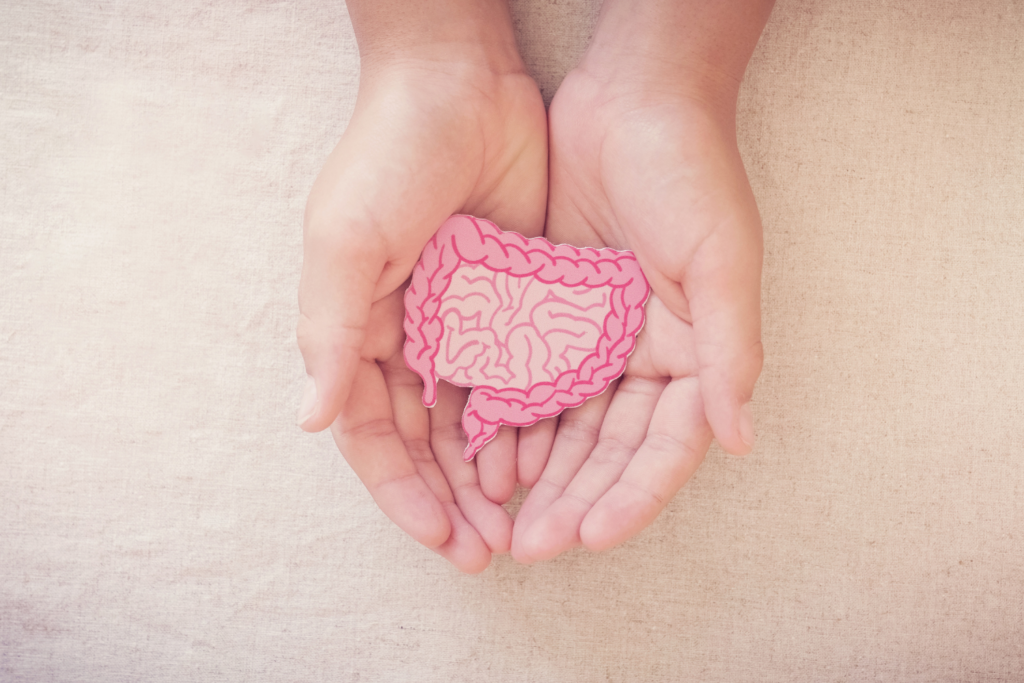
4 Reasons You’re Still Not Losing Weight on a Low-Carb Diet
But what if you ARE eating that way and you STILL feel like you’re struggling, or like you’re not seeing progress fast enough?
Well, then, let’s keep going and talk about some of the most common struggles I see with women in our program—and the four biggest reasons why it might still feel like you’re struggling to lose weight, even when you think you’re doing everything right.
But before I dive into the four things you’ll want to check, I do want to make one important point real quick.
The way of eating we advocate for here at Thinlicious is meant to be a LIFESTYLE, not a diet.
It’s a way of eating that’s really focused on getting your body healthy from the inside out, by getting your hormones in balance and healing your gut and reducing inflammation and getting your cells to stop relying on glucose for energy and start burning fat instead.
And that’s a process.
It’s a process that takes time. And for a lot of us, it’s a process that takes a while for our body to really start adapting, especially if you’ve spent a lot of years eating a standard american diet that’s high in processed carbs and sugar and grains and all the things that have made us so unhealthy and overweight in the first place.
So if you’re just getting started, then I want you to be patient with yourself and with your body. Just because you’re not seeing the scale move as quickly as you’d like, that doesn’t mean you’re not making progress.
There are SO many things happening on the inside that you may not be able to see, but that are definitely making a difference. Your body is starting to heal. Your hormones are starting to balance. Your insulin resistance is starting to improve.
And all of that is good news. All of that is progress.
But that said, there are definitely some other things that could be going on that might be preventing you from losing weight as quickly as you’d like. And while everyone is different, and there’s no one-size-fits-all answer, there are a few common issues that I see come up again and again with a lot of women who are just starting in our program.
1. You haven’t actually “flipped the switch” to become Thin Adapted.
2. You’re eating too much fat
3. You’re not eating enough protein
4. You’re not addressing the underlying issues
So let’s go ahead and dive into each of these issues one at a time, and talk about what might be happening and how you can fix it.
Issue #1: You haven’t actually “flipped the switch” to become Thin Adapted
The first and most obvious reason why you might be struggling to lose weight, even when you’re following our recipes and our plan, is that you haven’t actually flipped the switch on your metabolism to become what we call Thin Adapted. In other words, your body isn’t actually making the switch from being a glucose burner to being a fat burner, mostly likely because you’re still eating too many carbohydrates.
And this is a really common issue, especially for people who are new to our program and who may not totally understand what it really means to get your body into a state of ketosis.
Because the truth is, it can be a little bit more complicated than it first appears, and that’s why in our program, Phase 1 is really just all about helping your body make this switch.
In this first phase, it’s so important to eat the right things in the right amounts—and specifically, eating less than 30 grams of total carbs per day, while also getting the right amount of protein and enough healthy fat. It’s about keeping your carb intake low enough that your body has to start looking for an alternative source of fuel other than glucose, but keeping your FAT intake HIGH enough that your body understands to start burning that instead.
And if you’ve been eating a lot of processed carbs for a long time, then this can be a big adjustment for your body. It’s not going to happen overnight. In fact, for most people, it can take anywhere from a few days to a few weeks for your body to actually enter into a state of ketosis, especially if you’re not being super strict with keeping your carbs low.
So that’s the first thing to look at. Are you actually getting and STAYING in ketosis? Could you be eating more carbs than you think? Because if you’re not tracking your carbs and your food intake, then it’s really hard to know for sure. And don’t misunderstand me, because this is not about restricting your calories—it’s just about making sure that the macro balance of your food is optimal for helping your body to make this switch.
So you DEFINITELY need to be tracking your macros at this early stage, and it can also be helpful to get a glucose and ketone meter to make sure that you are in fact getting and staying in ketosis.
And honestly, that’s the best way to know for sure whether or not this is the issue. Because if you ARE in ketosis, and you’re still not losing weight, then you’ll know that it’s something else that’s going on.
Issue #2: You’re Eating Too Much Fat
And that brings us to issue number two, which is that at some point, once your body has actually flipped the switch to becoming Thin Adapted, you might actually be eating TOO MUCH fat.
I know, it sounds crazy, right? Because didn’t I just say that you need to be eating MORE fat to get your body to flip the switch?
Well, yes. In Phase one you do need to get a LOT of healthy fat—probably way more than you’re used to. Somewhere in the range of 70-80% of your total calories should be coming from healthy fat.
And that’s a lot of fat.
And I’m not going to lie. It’s pretty delicious, because fat is delicious.
But your goal is not to STAY in Phase One forever.
Because if your goal is to actually LOSE fat, then once your body has become Thin Adapted, you want your body to start burning YOUR fat—the excess fat on your body—not just the fat that you are eating.
Because the reality is that when you’re eating a lot of fat, your body is going to use that dietary fat for fuel, rather than tapping into your own fat stores. Your body won’t have any reason to start burning fat if you’re giving it plenty of fat to burn.
And that’s why in Phase 2 you actually need to lower your fat intake a little bit, and instead start increasing your protein.
This is also what makes our program different from KETO. So if you’re one of those people who says, “oh I tried keto and didn’t work for me—THIS IS WHY.” You were probably eating way too much fat. Because that’s what they tell you to do.
And don’t get me wrong here either. You still do need plenty of healthy fat to balance your hormones. I’m not talking about a LOW FAT diet here. Just not the super super high fat that you were focused on for a short time in Phase one.
And again, you’re only really going to know whether you’re getting too much fat if you’re actually keeping track of what you’re eating and tracking your macros.
So if you think this might be an issue for you—that you’re eating too much fat—then I would definitely recommend that you start tracking your food, at least for a little while, so that you can see what your macro and calorie breakdown actually looks like. Because if you are eating too much fat, then that’s definitely something you can adjust.
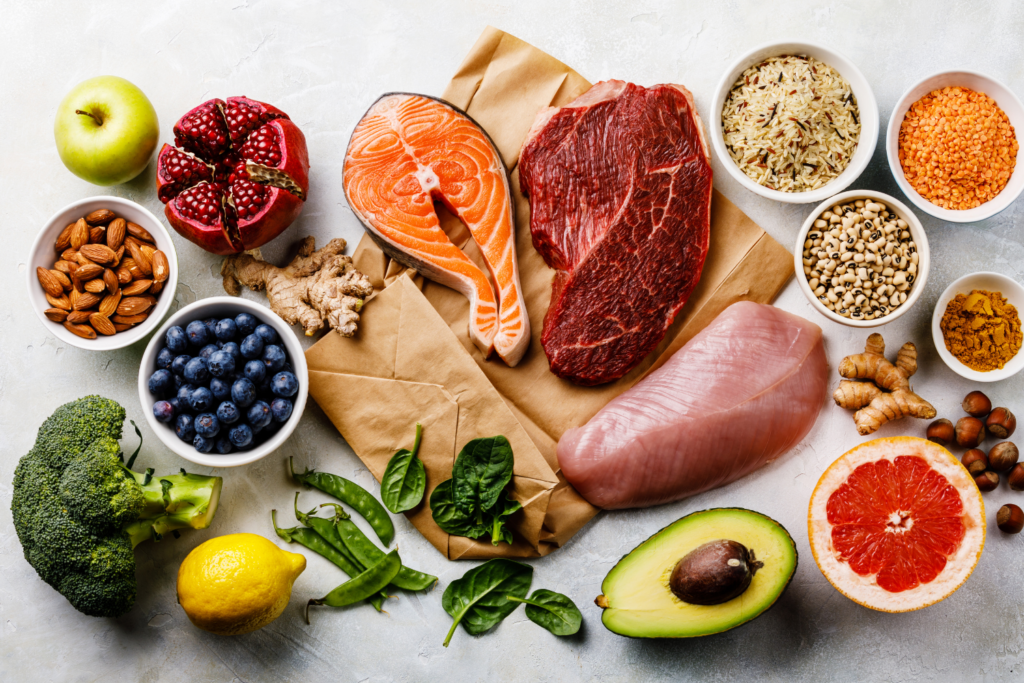
Issue #3: You’re Not Eating Enough Protein
Of course, on the flip side, issue number three is that you might actually not be eating enough protein. This is another really common mistake that a lot of people make when they first get started with our program, because they’re so focused on eating all the fat and avoiding carbs, that they forget that protein is actually a really important part of the equation.
And the reality is that the Standard American Diet that most of us have been eating is appallingly protein deficient. So a lot of times, we’re just not USED to needing to get so much protein.
But protein matters A LOT. In fact, getting enough protein is SO important, because it’s what helps to preserve and build lean muscle mass, and it’s what keeps you feeling full and satisfied. If you don’t get enough protein, then you’ll be more likely to feel hungry and deprived, and that’s obviously not sustainable in the long run.
So how much protein do you need? Well, that number can vary depending on your individual needs and goals, but as a general rule of thumb, you want to aim for at least 20-25% of your daily calories to come from protein. And that can be a little bit trickier, especially if you’re getting too much fat. Because if you’re getting more than 75% of your calories from fat, and 10% of your calories from carbs, then that only leaves about 15-20% of your calories for protein.
But again, if you’re not tracking your food, then it can be really hard to know for sure if you’re hitting that protein goal.
So once again, my advice is to start tracking your food, at least for a little while, so that you can see what your macro and calorie breakdown actually looks like. Because if you find that you’re not actually getting enough protein, then that’s definitely something you can adjust.
And one easy way to do that is to focus on protein-rich foods. So for example, if you’re making a choice between a high fat food, like bacon or sausage, or a food that’s high in both protein and fat, like salmon or steak, then choose the high protein option. Basically you need to eat a LOT more meat. Meat for every meal!
Because a lot of people don’t realize this, but it actually takes way more energy for your body to PROCESS meat as well. It’s what’s known as a high-thermogenic food, which means that it takes about 25-30% more energy for your body to process it. This is a good thing when you’re focused on fat loss.
And like I said, protein is not only really important, but most women aren’t getting NEARLY enough, and it will actually make a HUGE difference in your ability to lose weight once your body is actually Thin Adapted.
So not getting enough nutrient dense protein—that’s could be your third issue.
Issue #4: You’re Not Addressing the Underlying Issues
And finally, the fourth most common issue I see with a lot of women who are struggling to lose weight on our program is that they’re not actually addressing the underlying issues.
In other words, they’re not taking the time to really get to the root cause of their weight gain and metabolic issues, and they’re not doing enough to actively heal their gut, balance their hormones, or reverse their insulin resistance.
And while it’s definitely possible to lose weight by just going low carb for a while without really actively working on these things, you’re not always going to get the results you want, because you’re not actually addressing the core problem.
Because believe it or not, it is actually possible to eat “low carb”—and I’m saying that with air quotes—and still eat a whole bunch of crap food.
You could still be eating a lot of processed garbage, or a lot of inflammatory seed oils and ingredients that might be okay from a strictly macro perspective but aren’t actually going to heal your body.
And to me that HAS to be the ultimate goal. Because otherwise what’s the point?
It’s like cutting off your nose to spite your face.
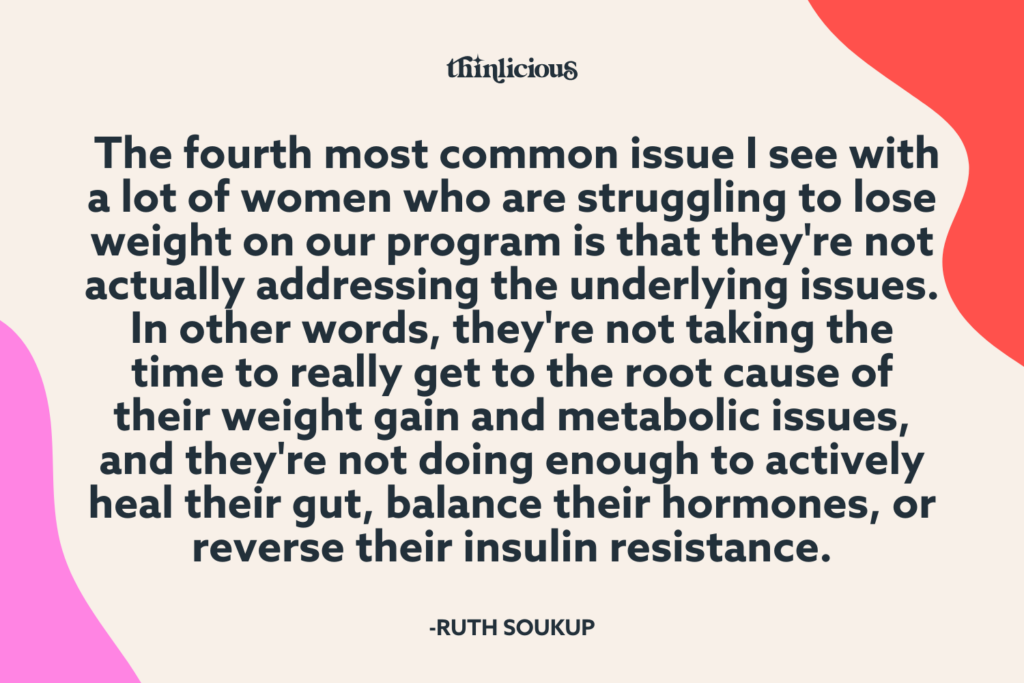
Do you just want to be thin, or do you actually want to FEEL GOOD for the rest of your life?
It’s why I’m not a fan of weight loss drugs, or pharmaceuticals in general…..because all they do is MASK or alleviate the SYMPTOMS, but don’t actually HEAL you.
So what are some of the underlying issues you might need to address? Well, there could be a lot of different things going on, but some of the most common issues I see with women who are struggling to lose weight, even on a hormone friendly diet, are things like leaky gut, candida overgrowth, thyroid problems, adrenal fatigue, and estrogen dominance.
And all of these things can definitely make it harder to lose weight and get healthy, because they’re all interconnected and they all affect your metabolism and hormones in different ways. And if you’re not addressing these issues, then you’re basically fighting an uphill battle.
So what can you do to start addressing these underlying problems? Well, the first step is to actually acknowledge that they exist, and that you might have some of these issues. And honestly, if you’ve been eating a standard american diet for most of your life, then it’s pretty likely that you do.
And then the second step is to start digging a little deeper. This will probably require finding a functional health doctor who can actually run some tests to find out whether there are some deeper issues going on.
And notice I said “Functional Health Doctor,” not just any old MD or even a specialist. You want to find a doctor who specializes in functional health, which is basically taking a holistic approach to your body as a WHOLE. Looking at all the pieces and using pharmaceuticals as a LAST resort, not as a bandaid.
It could mean focusing on certain supplements or possibly cutting out certain foods, but they can help you dig deeper and get to the root cause.
So that you can actually fix it. Not just cover it up.
Final thoughts
So there you have it, the top four reasons why you might not be losing weight, even though it feels like you’re doing everything right.
But keep in mind, these are just some of the most common issues I see with the women in our program.
There could be other factors at play as well, like stress levels, sleep patterns, and even environmental toxins.
And not only that, sometimes it just takes a while. Because every body is different. Often change is happening on the inside that we can’t see, and it doesn’t always translate to the scale right away.
So pay attention to the non-scale victories too. How you feel. Your energy level. Eliminating heartburn. Less inflammation. How your clothes fit.
Celebrate every win, not just the ones on the scale. Hopefully this was helpful and gave you some things to think about as you continue on your health journey. And if for some reason you HAVEN’T yet checked out my free training and you want more info about how to actually get STARTED with this way of life so that you too can spend the REST of your life in Phase 3, then be sure to go check it out right now—you can find it HERE.
What if you could actually take control of
your health in just 10 days?
It’s not your fault you can’t lose weight as a woman over 40 even though you’ve likely tried literally everything. Your metabolism probably feels broken and your hormones are likely all out of whack.
But you can fix it all with ONE simple change: eliminate sugar. We make it super easy with daily lessons teaching you the science behind what makes us gain weight in our midlife and beyond! Are you ready to get started now?

